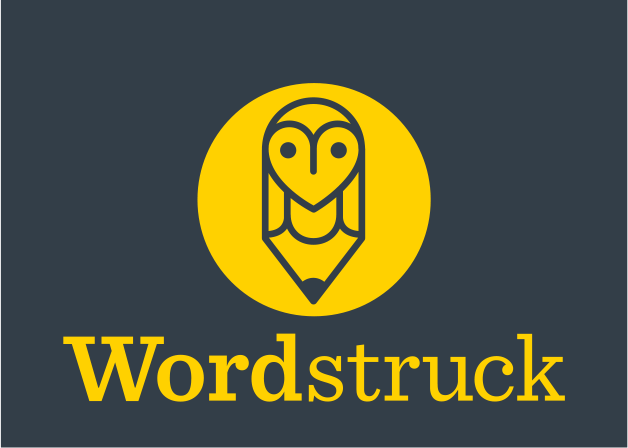A fortnight ago I met up with Tony Tow, General Manager of 40K Globe, an Australian organisation striving to train thousands of young Australians in social entrepreneurship. Tow, 27, knows how important it is to have a strong team around him. He not only manages staff in Australia but also in India and ‘things can get lost in translation.’
I’d initially spoken to Tow in connection with an article for Acuity magazine. I was struck by his enthusiasm and ‘can-do’ attitude. Tow embodies that terrific Gen Y approach to work. That you have to be willing to try new approaches and that work must have meaning. Otherwise, why do it?
Initially Tow followed a traditional chartered accountant’s path working for Deloitte. Then he heard about 40K and the next thing he knew, he was on a plane to India. Three years later, in 2013, he was hired as Globe’s first GM.
40K Globe offers a one-month internship to Australian tertiary students in rural India, providing them with an immersive village-based experience while teaching them social business skills.
He admitted that he was pretty young to be entering management and he’s still trying to find his style. ‘A one-size-fits-all doesn’t work,’ he told me. ‘It’s a one-size-fits one model. It’s figuring out what motivates and excites different team leaders. I think you need to spend time with each staff deeply and intimately.’ It’s also about having regular staff meetings — both with his Sydney team and with his Bengaluru-based team.
USING STORIES IN STAFF MEETINGS
I suggested that he try starting his weekly meetings with a little personal anecdote. So often, before a meeting starts (in person or via Skype), everyone is chatting and there’s an ease among the group. Then, when the meeting begins, people fall silent. Instead of a natural flow, the leader is telling — or in some cases — broadcasting. Now, sometimes this is exactly what’s needed.
But other times, what works better is a feedback-loop between leader and team. A little story triggers other team members to respond — perhaps with their own story — and it breaks down barriers. And the quickest way to get there and avoid that awkward silence, is to use a story.
HOW TO MAKE YOUR STORIES RELEVANT
1. Think of the point of the story. What is the relevance statement or business point? Start there and then use the story to show what you mean.
2. Exact details. Be as specific as you can so people will remember what you’ve said.
3. Keep it brief and think of it as an introduction to kick off the discussion.
4. Make it personal (within the context of your workplace).
5. Use word-pictures. These are images that people can visualise.
Since Tow started using this approach, it’s been working well and his team have ‘taken the cue’. So what are his stories? ‘A whole range of things – I’ve spoken about camping trips and other shenanigans/happenings on the weekend.’
Not only can this create more meaningful engagement in a team, it’s also an easy way to practise using narrative in your workplace. In time, it will become second nature. Whether in business or life, we are all looking for connection and stories are the quickest way to get there.
To read more about Tony Tow and the work he’s doing at 40K, read the full Acuity article here.

